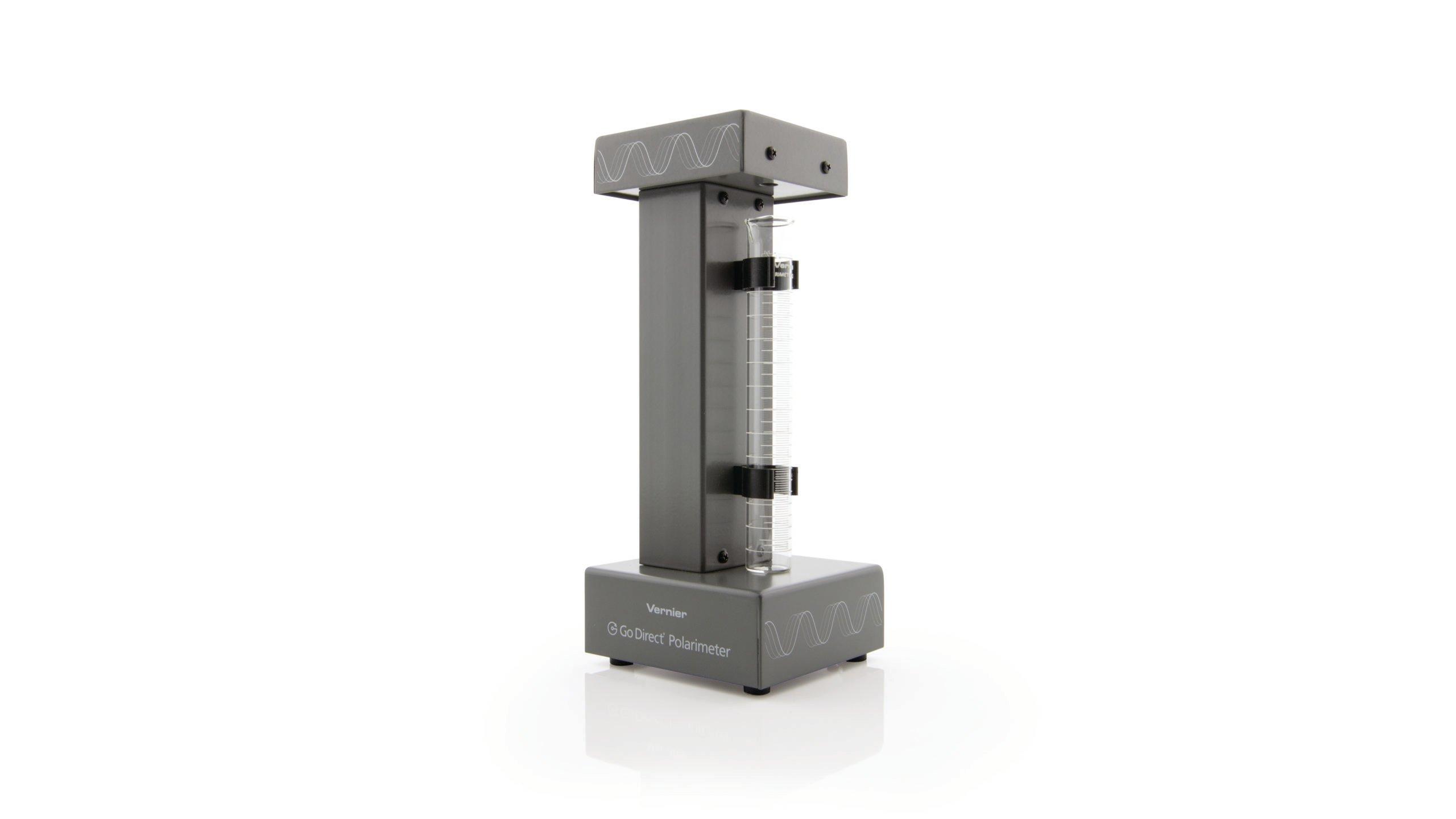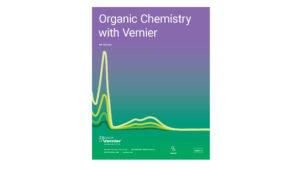Observing the Reaction Kinetics of Sucrose with Polarimetry
Experiment #15 from Organic Chemistry with Vernier
- Education Level
- College
Introduction
Polarimeters can be used in kinetics experiments to follow the change in concentration of an optically active sample as a reaction proceeds. Sugars are common examples of optically active compounds. Sucrose is a disaccharide that can be broken down into its two substituent monosaccharides, glucose and fructose.
This process occurs too slowly in water to be monitored on any real time scale, so a catalyst, acid or enzyme, must be added to accelerate the reaction rate. In this experiment, hydrochloric acid is used to catalyze the reaction while its rate is monitored using a polarimeter. The experiment will be repeated using the enzyme invertase to catalyze the reaction.
Objectives
In this experiment, you will
- Calculate the specific rotation of sucrose using a Polarimeter.
- Observe the cleavage kinetics of sucrose with an acid catalyst, hydrochloric acid.
- Observe the cleavage kinetics of sucrose with an enzyme catalyst, invertase.
- Calculate the rate constant for each run from the rotational readings.
Sensors and Equipment
This experiment features the following sensors and equipment. Additional equipment may be required.
Option 1

Option 2

Ready to Experiment?
Ask an Expert
Get answers to your questions about how to teach this experiment with our support team.
- Call toll-free: 888-837-6437
- Chat with Us
- Email support@vernier.com
Purchase the Lab Book
This experiment is #15 of Organic Chemistry with Vernier. The experiment in the book includes student instructions as well as instructor information for set up, helpful hints, and sample graphs and data.

